RACHEL OWENS
The Hypogean Tip
Hypogean: Underground, subterranean; existing below the [earth’s] surface
Approaching this project as artist in residence, researcher, archivist, and facilitator, Rachel Owens worked in conjunction with The Housatonic Museum of Art and the Mary and Eliza Freeman Houses. The Freeman Houses still stand in what used to be Little Liberia. Described as a “peri-urban multiethnic enclave” (Charles Brilvitch, former town historian Bridgeport CT) the community of free African Americans, Indigenous Peoples, and other immigrants was forming by the 1820’s, well before the Civil War. Constructed around 1845, the houses were owned by the sisters Mary and Eliza Freeman. These unmarried entrepreneurs not only built and owned their own homes, but also were providing mortgages for their neighbors at a time in history when only white men could have bank accounts. At the time of her death in Bridgeport, only PT Barnum, famous exploitative showman, bested Mary Freeman’s wealth. The front space of the exhibition consists of a series of scaffolds which hold the cast of the front porch of Mary Freemans house. The casts consist of luminous broken glass, shells, dirt, plants and other items collected on site. Below the porches, imaginary stalactites hang down marking a passage of time.
This particular porch scaffold is positioned to a height that invites viewers to sit. Underneath the porch and hanging stalactites, a mirror pushes the image of the underside back up - dislocating space and time. What is above? What is below? During performances and other programming viewers and performers alike used the porches to sit and stand upon. In a sense, recreating radical Mary Freemans experience, view and life. Imagining that porch as a daily place whereby the Freeman sisters sat and talked with each other, friends and those passing by on the street just below, the front porch is a liminal space that exists between private and public. We go back in time to a place where two single black women built and owned their homes in a community they also helped build and develop. This portion of the show is part of the larger Life on the Other Side of a Cracked Glass Ceiling project. In all instances, the sites cast for this ongoing work, are landscapes that offered a moment of possibility, perhaps a moment and place whose importance has been forgotten. We are revisiting history and reviewing, in order to open dialogue, remember and find what was lost. This community was a model of equity; this project seeks to revive the model.
ABOUT THE ARTIST
Engaged in broad fields of practice from public art and traditional gallery work to activist based Community Theater, Owens tackles issues of hierarchical social conditions, environmental destruction, consumption and the points where these things intersect. Working sculpturally, performatively and socially, she uses material as meaning: what the sculpture is made of- is what the sculpture means- is what the sculpture does. Bottle shards, cardboard, coal, cut up humvees, and the dust of marble are all used to convey meaning, emotion, and action as they take on forms from porch to iceberg. Often with jobs beyond metaphor, the sculptures become stages, public seating, centers for protest and elevated vantage points.
Owens has been included in exhibitions both in the US and internationally including The X Krasnoyarsk Biennial, RU; Franco Soffiantino Contemporary, IT; Austrian Cultural Forum, NY; The Frist Museum, TN; Socrates Sculpture Park, LIC; and the New Museum Window, NY among others. In February of 2020, her solo museum show, The Hypogean Tip opened at The Housatonic Museum of Art in Bridgeport CT. She has had reviews and inclusion in publications including The New York Times, The New Yorker, Art in America, Modern Painters, Flash Art and Triple Canopy Anthology and she has received grants from the Joan Mitchell, Pollack Krasner, and Harpo Foundations as well as a Cultural Humanitarian Grant from the US Consulate. Her work can be found in many collections in the US and abroad, among them; The Beth Rudin Dewoody Collection and The Bunker, The Pritzker Family, Berkshire Botanical Garden, Housatonic Museum of Art, Sprint Collection and D. Mullin JR.
Owens is Associate Professor of Art & Design and Chair of the Sculpture Department at SUNY Purchase College.


